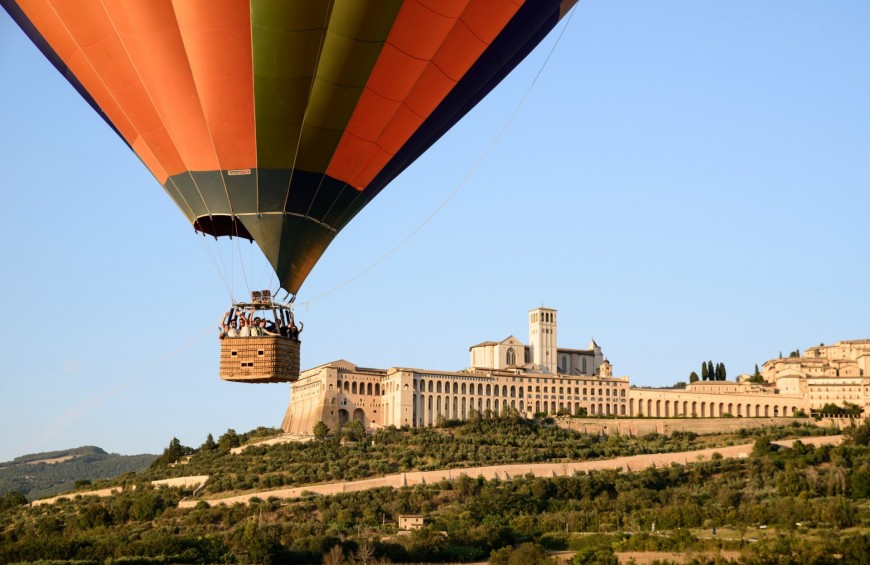
The balloon is an aerial vehicle that uses hot air to obtain a force or upward thrust needed to lift from the ground according to the Archimedes principle. The category to which the hot air balloon belongs is that of aircraft vehicles using gas to lift themselves and is the most common type of balloon.
The first hot air balloons go back as far as 220 A.D. in China, were used for military signalling and were obviously unmanned.
Only 1500 years later, the first documented flight of a hot-air balloon to Europe took place by the Portuguese priest Bartolomeu de Guismao, on 8 August 1709 in Lisbon. He managed to make take off a small balloon made of paper filled with hot air about 4 meters from the ground in front of King Joao V's court.
For a balloon able to carry people, we have to wait a few decades yet, when on October 19, 1783 in Paris the Montgolfier brothers created a balloon that used hot air to float in the air: this is how the balloon was born. On that occasion the ball was anchored to the ground, but a month later the first free flight took place.
The pioneer of aerostatic flight in Italy was Count Paolo Andreani, who, impressed by the company of the montgolfier brothers, decided to replicate it in the garden of his country villa on a hot-air heath, commissioning two architects to build a hot-air balloon. It was thus that on 13 March 1784 the Count Andreani, in the company of two workers who had participated in the making of the ball, flew for almost half an hour covering 6 miles and reaching a height of about 1500 meters before landing.
The modern hot air balloons on board were created by Ed Yost in the 1950s, the first flight on October 22, 1960.